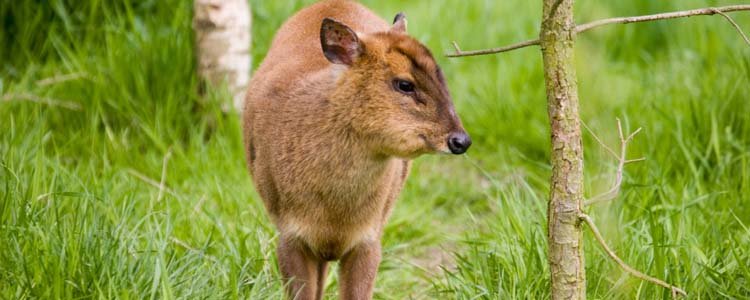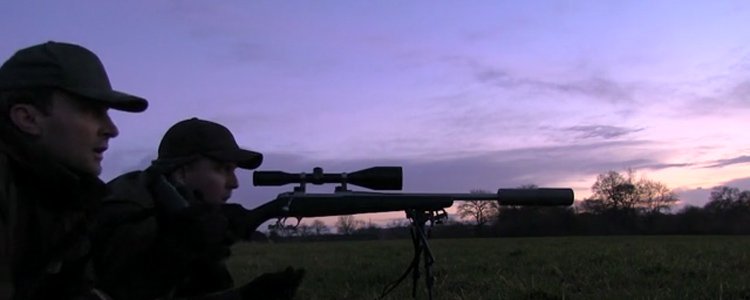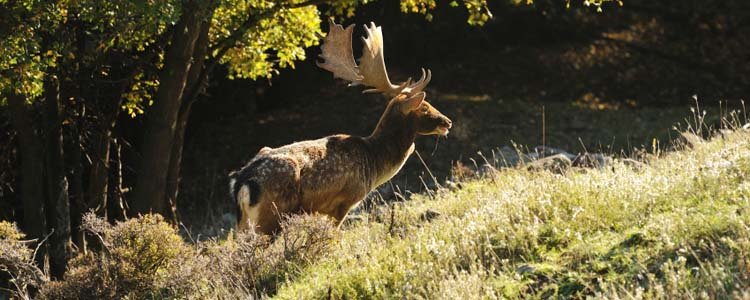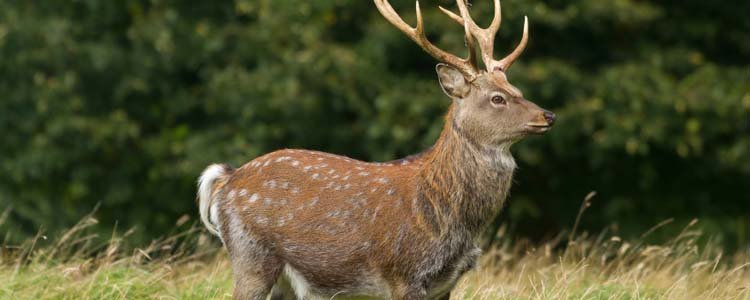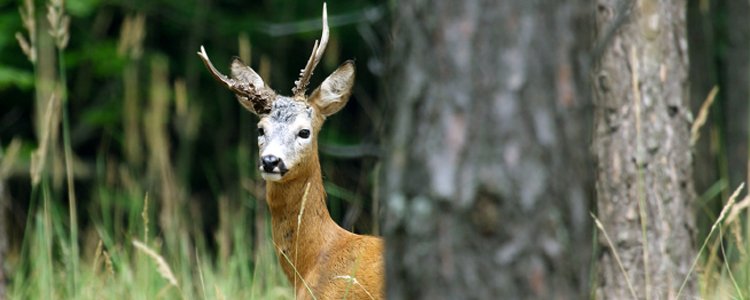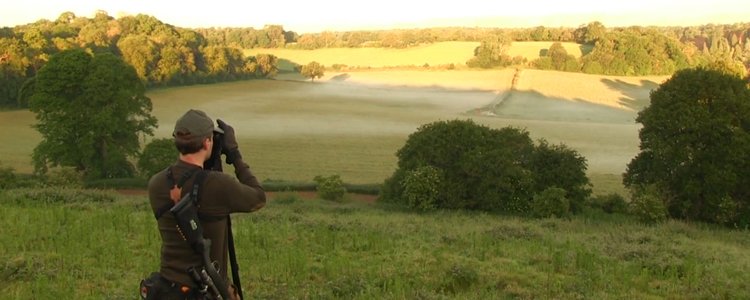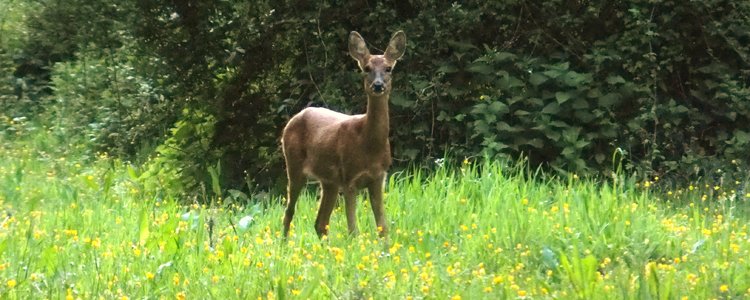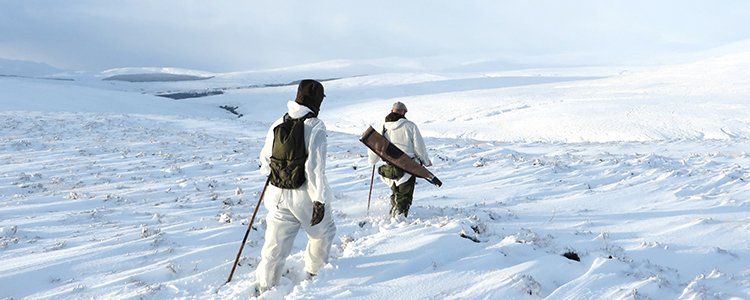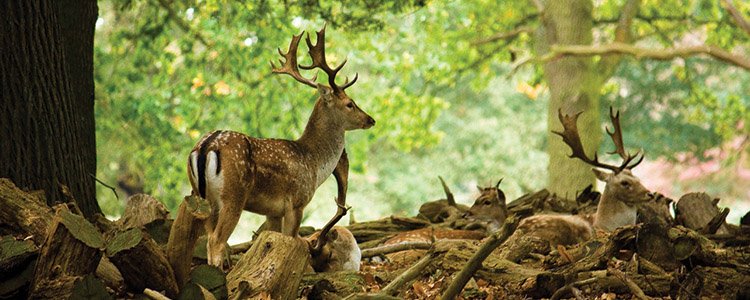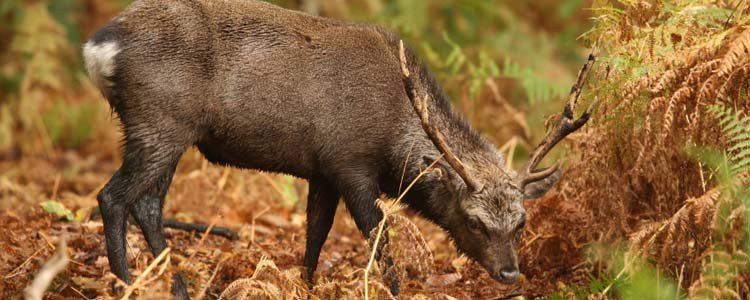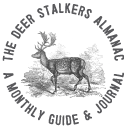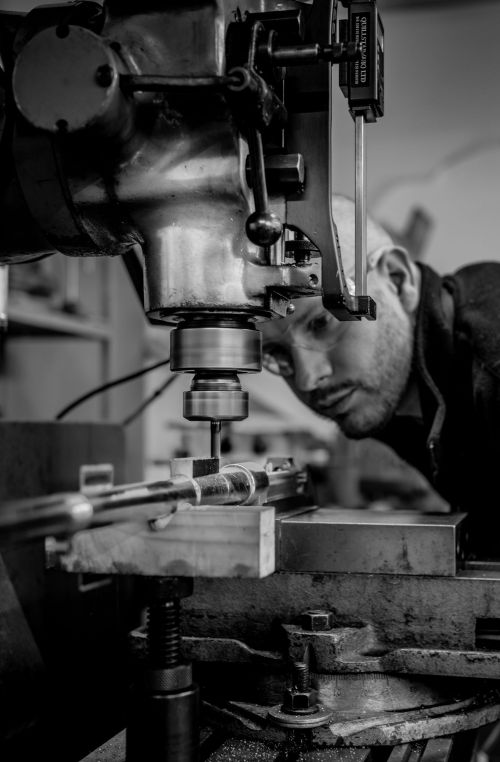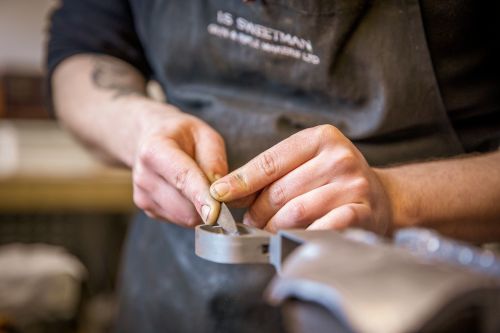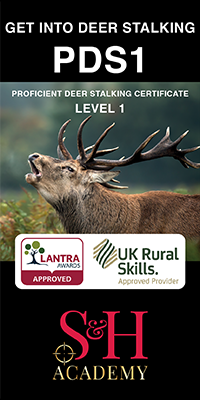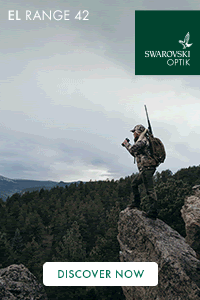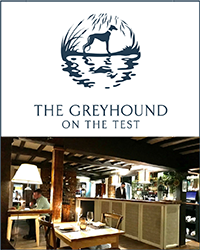Ian Sweetman of Sweetman & Co has carved out a reputation for blending raw passion, precision craftsmanship, and a refreshingly transparent approach to bespoke British gunmaking.
Built for Purpose: The Story of Ian Sweetman of Sweetman & Co
In a trade steeped in prestige and polish, Ian Sweetman’s story is refreshingly raw. His journey doesn’t begin with a family name engraved in gunmaking history or a slick showroom somewhere, it begins with a boy, a BB gun, and a relentless obsession with how things work.
From Curiosity to Craft
“I kind of got started because I had a fascination with mechanics,” Ian begins, his voice equal parts modest and assured. “My grandfather was a game shot, and I spent a lot of time growing up on a farm, so I was surrounded by shooting. I liked guns from a young age. I had BB guns and air rifles and would just sort of mess around with them, take them apart, put them back together. That’s where the interest came from.”
By age 12, he had already badgered his way into a job at a local shooting ground. “My mum sort of pestered them to let me work there,” he laughs. “At first, I was just cleaning up, but I used to watch the gunsmith’s work. I found myself drawn more and more to the gun side of things.”
That early curiosity turned into an obsession. A few years later, Ian began working part-time in the shop itself, moving from sweeping floors to spending time around the tools and machines that would define his future.
Learning the Trade
At 16, Ian started his first apprenticeship with Atkin Grant & Lang (AGL), a name steeped in the history of British gunmaking. “It was mostly shotguns, restorations really. A lot of repair work as opposed to building guns”, he says.
But that early hands-on exposure gave him the foundational skills many miss. “We worked on every maker from Browning and Perazzi to Boss and Purdey. It was all there: jointing, chequering, basic refinishing. That gave me a really solid understanding of how guns were made.”
Still, something didn’t sit right. “I had a passion for making new guns, not just fixing old ones,” he admits. “There’s nothing wrong with restoration work, but I always wanted to go further, to build something from the ground up.”
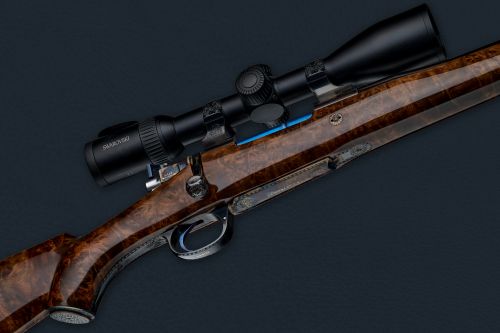
The Rifle Revelation
Ian had initially applied to various gunmakers for apprenticeships but the turning point in his career came at Westley Richards.
“That was really where I fell in love with the rifle side of things,” he recalls. “We didn’t really do rifles at AGL, but at Westley Richards, it was probably 70% rifle-based. That was my first exposure to what I’d call best rifles, and I just fell in love with them. I was like, yeah, this is what I want to do.”
At that point, he hadn’t done much rifle shooting beyond pest control. “Foxes and stuff, nothing serious. I only came to deer stalking and hunting later. For me, it was about the creation more than the use.”
The Purdey Years and Going Solo
After Westley Richards came a stint at Purdey, a name synonymous with quality gunmaking. But even that prestigious bench couldn’t contain Ian’s growing desire to do things his own way.
“I’ve always had two jobs,” he says. “My main job, and then work on the side. While I was at Purdey, I was building guns for other makers on weekends. I did that for years.”
But pressure from the corporate environment began to wear thin and the final nudge came when he realised the limitations of the big-name model. “Many of the big brands have got shooting grounds, exhibition halls, names that go back centuries and huge marketing budgets. This draws people in. These costs, however, don’t go directing into making or developing their guns.
A Better Way: Transparency and Craft
“The difference with me is: when you buy a gun from me, the money goes into building your gun, not admin staff, the shooting ground, or the showroom,” he says.
He explains his supply chain with openness. “I never tell people we do all our CNC in-house. We don’t. We buy in the action and barrels. But all the assembly, all the fitting, regulation, testing, that’s all done in my workshop. By me and my small team. The only things I don’t do are engraving and barrel blacking.”
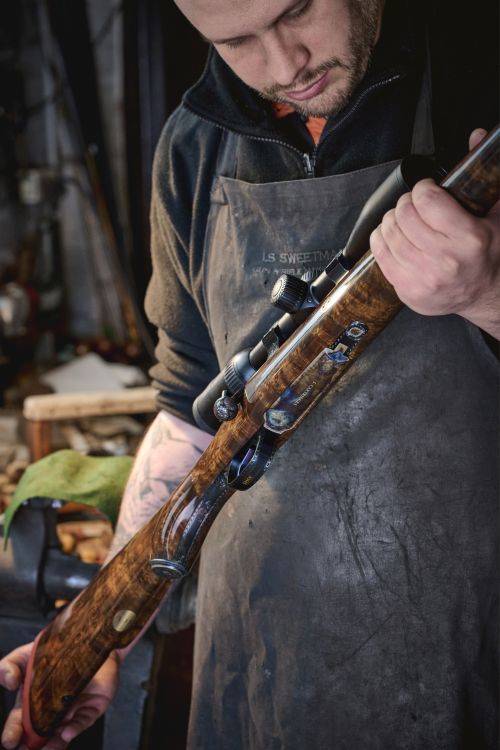
The Process: Built for Purpose
Every Sweetman & Co rifle begins with a conversation.
“I need to know the end game before we start. I ask about the species they’ll be shooting, the country they’ll be hunting in, how often they’ll use it. I even ask what watches and cars they like. That gives me a sense of their aesthetic taste, whether they want something embellished, understated, or somewhere in between.”
Once the plan is set, materials are sourced. “If we’ve got wood the client likes, we use it. If not, I’ll source it. Same for the action and barrels, it’s all calibre-specific.”
With the parts ready, the work begins:
Proof Stage: Parts are hardened as needed. “Some actions come pre-treated, some don’t. Bolts are often case-hardened. Barrels are then fitted and chambered. We do what’s necessary to make sure it’ll pass proof safely.”
Feeding and Function: “People think if a cartridge fits in a mag, it’ll feed. Not true. You have to mess with the geometry to make it present properly to the bolt face. That has to be perfect.”
Trigger and Safety: Both tuned together. “If you want a 2lb trigger on a .500 Jeffrey, I’ll advise against it. In real-world conditions, heart pounding, you’ll want a heavier pull.”
Sight Work: Scope mounts and iron sights are made and fitted. “The iron sights especially are completely bespoke. If the client wants quarter ribs or folding leaves regulated for different distances, we make that.”
Stocking and Make-Off: The metalwork is fitted into the wood, and the stock is shaped. “I do all of that by hand. It starts with the client’s build, arm length, hand size, palm swell. I’ll even invite them in to test the grip before we finish it.”
Regulation and Testing: Every rifle is live-tested. “We bed the barrel, shoot, clean, shoot again, clean again, until the tooling marks are gone. Then we test ammo. We aim for sub 1MOA on everything, but often go tighter than that.”
Finishing: “Pins made off, papering the stock, polishing the metal. Then it goes for engraving while I finish the wood. We bring it all together at the end for final assembly, shoot it again, clean it again. Then she’s done.”
Involving the Client
This is where Ian stands out.
“It’s not uncommon for a client to come back mid-build and say, ‘I was thinking about it over the weekend. Let’s go colour case instead of blacking.’ And that’s fine. We do that.”
He brings clients in to handle the rifle before finishing. “Especially if they’re big guys. I might leave a bit of meat on the grip, then shave it down when they’re here. That way, when it’s done, there’s no regret. They know it’s right.”
Delivery is flexible. “Most come in to pick it up. But I’ll drive it to them or meet at a shooting ground. Whatever works. These guys are busy, and I work around them.”
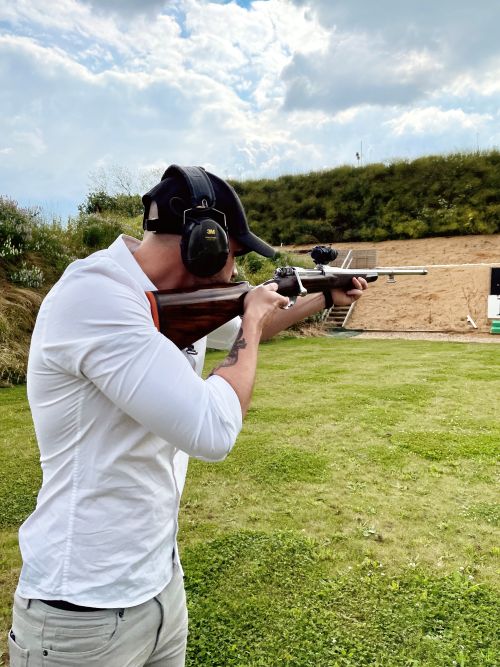
What Really Matters
At the end of the day, Ian's rifles speak loudest when fired. “I know our guns are some of the most accurate, best-finished rifles out there. I know because we shoot them. We test them. And we don’t hand them over until they’re right.”
He doesn’t want to be known just for building guns. He wants to be known for building the right gun for the right person.
“It’s not about the name on the case. It’s about knowing that every inch of that rifle was made for a reason. That it was built for purpose.”
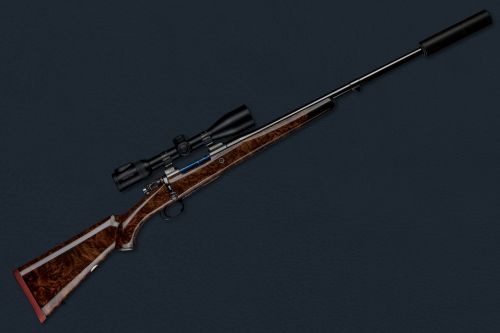
Sweetman & Co is a bespoke British gunmaking workshop founded by master rifle maker Ian Sweetman. Based in the English countryside, Sweetman & Co specialises in handcrafted bolt-action rifles built to sub-MOA standards of accuracy. Each rifle is fully tailored to the client’s needs, from calibre selection and field use to precise fit, finish, and regulation.
Clients from across the UK, the USA, and the Nordic regions trust Sweetman & Co to produce rifles capable of consistent sub-MOA groupings. Each gun is tested, regulated, and refined to perform flawlessly, whether for red stag in Scotland, moose in Finland, or elk in Montana.
With a reputation built on integrity, precision, and direct maker-to-client relationships, Sweetman & Co is redefining what it means to own a bespoke British rifle.
Contact Details
Website: https://bit.ly/SweetmanCoNewbuilds
Email:
Location: England, United Kingdom
Social:
https://www.facebook.com/GunmakingUK/
https://www.instagram.com/gunmaking_uk/




